OVERVIEW
A coffee cupping event is a gathering of coffee professionals, enthusiasts, and buyers who come together to evaluate and compare different coffee beans. It involves a formalized tasting process, similar to a wine tasting, where participants follow specific steps to analyze the flavor, aroma, acidity, and body of each coffee sample.
The coffee beans are first roasted and then ground during a coffee cupping event. The coffee grounds are then placed into small bowls or cups, and hot water is poured over them.
Participants then use spoons to break the crust that forms on the surface of the coffee and take note of the aroma. They then taste the coffee, evaluating its various characteristics and noting its flavor profile.
Coffee cupping events are often used by coffee roasters, importers, and buyers to select new coffees for their offerings. They can also be used by coffee enthusiasts to learn more about different types of coffee and to develop their taste buds.
During the event, our knowledgeable coffee experts will guide you through the tasting process, teaching you how to identify the different notes and nuances of each coffee.
1. Choosing the coffee: We’ll select variety of high-quality coffee beans with different flavor profiles from different regions. (Oasis Blend, Costa Rica Cordillere de Fuego, Indonesian Sumatra)
2. Grinding the coffee: We’ll each coffee bean sample into a consistent size and shape.
3. Setting up the tasting station: We’ll set up a table or counter with enough space for each participant to have their own cupping tray.
4. Brew the coffee: We’ll add hot water to each coffee sample and allow it to steep for a few minutes.
5. Smelling and tasting the coffee: We’ll participate to smell the aroma of each coffee sample before tasting it. Next, we have them take a sip of each coffee, slurping it in to aerate it, and then spit it out. We’ll use SCAA coffee cupping form and aroma wheel.
6. Comparing and contrasting: Once all of the coffees have been tasted, compare and contrast the flavor profiles of each coffee. We’ll discuss the differences and similarities between the coffees and what factors may have contributed to those differences.
7. Having fun: We’ll make sure to keep the session fun and enjoyable! We’ll encourage participants to share their thoughts and opinions and to ask questions about the coffee and the cupping process.
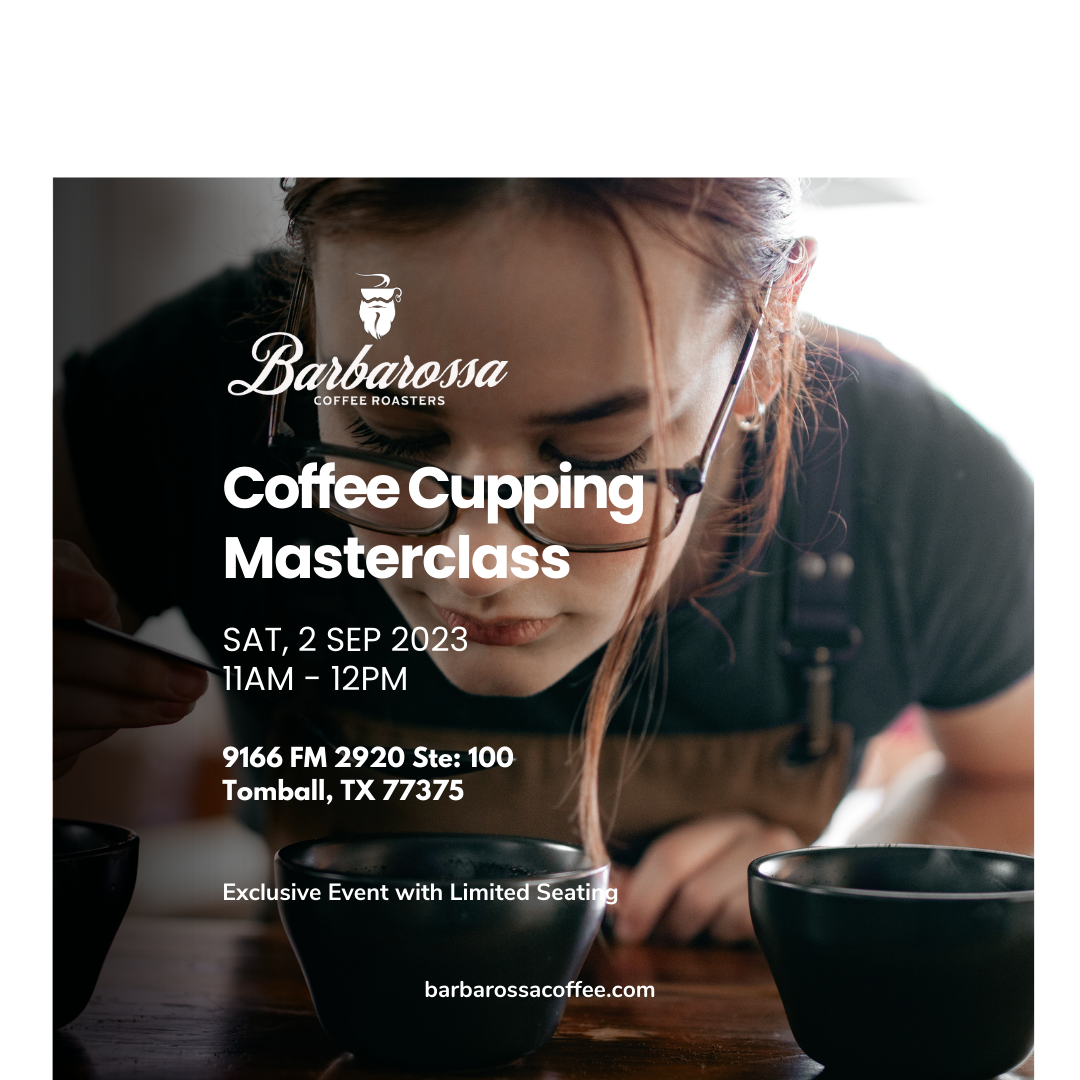



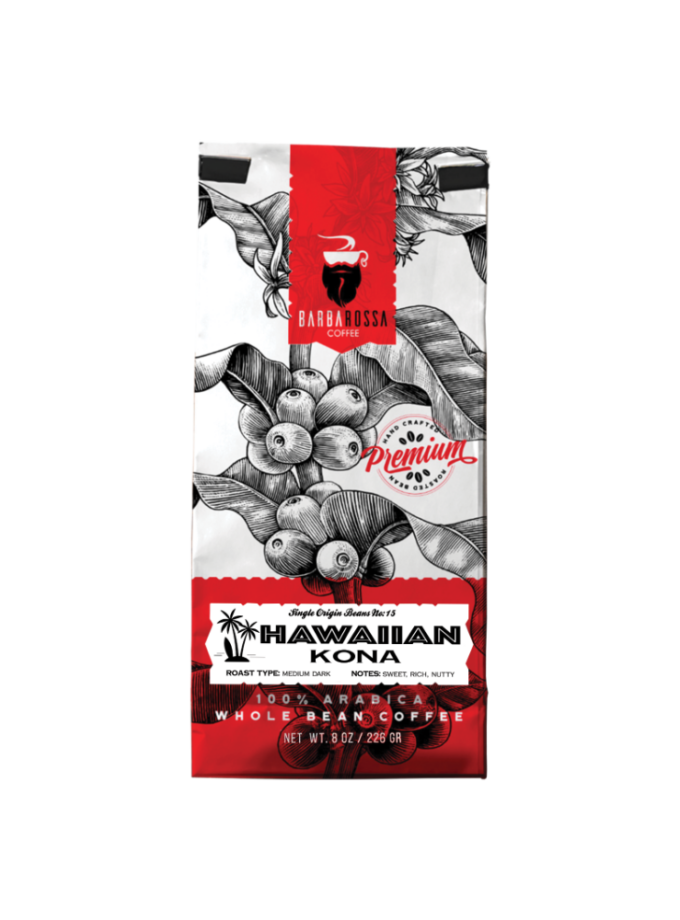









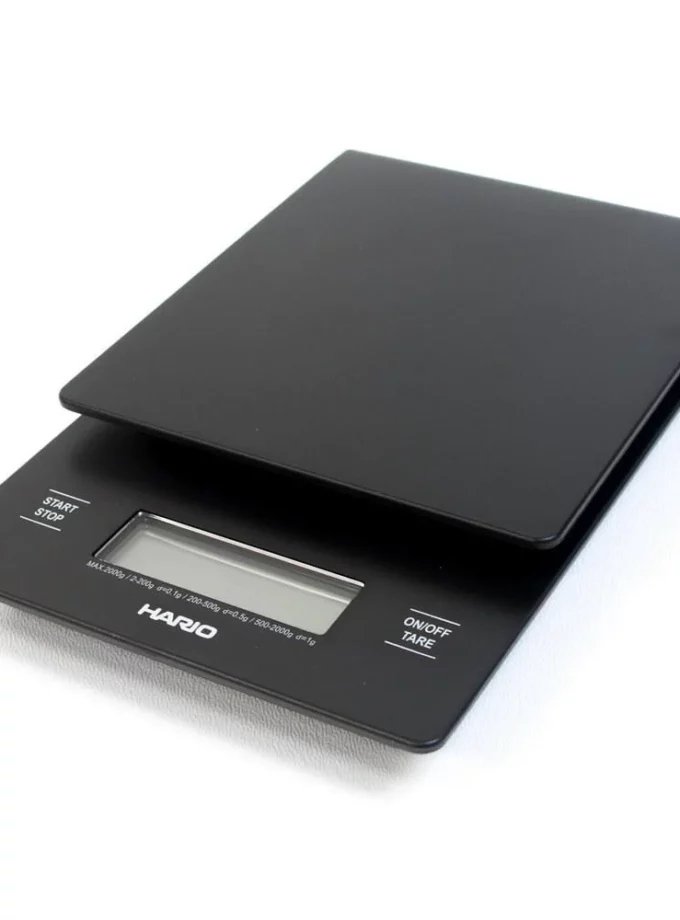



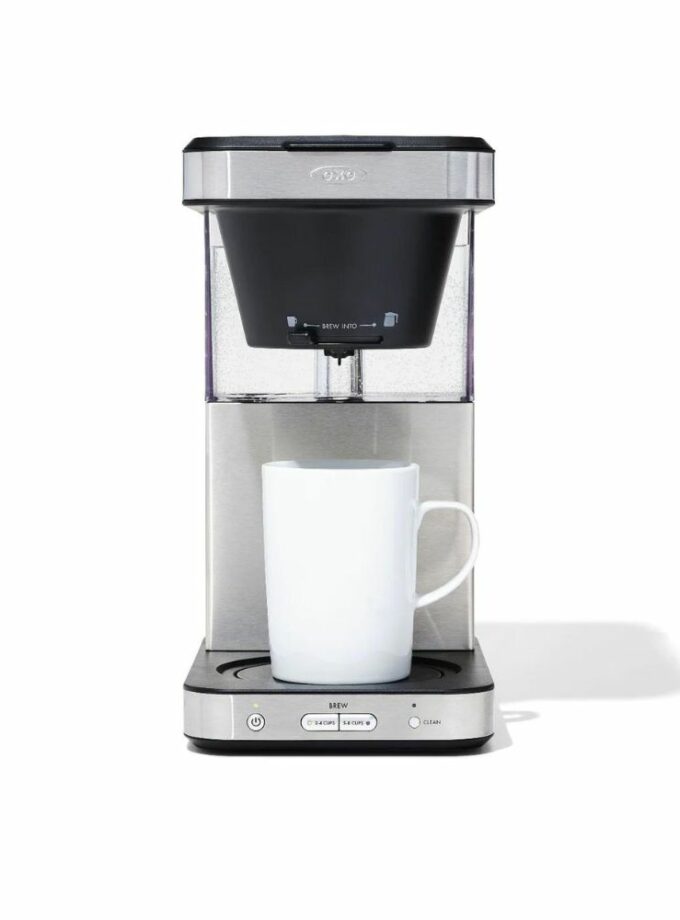



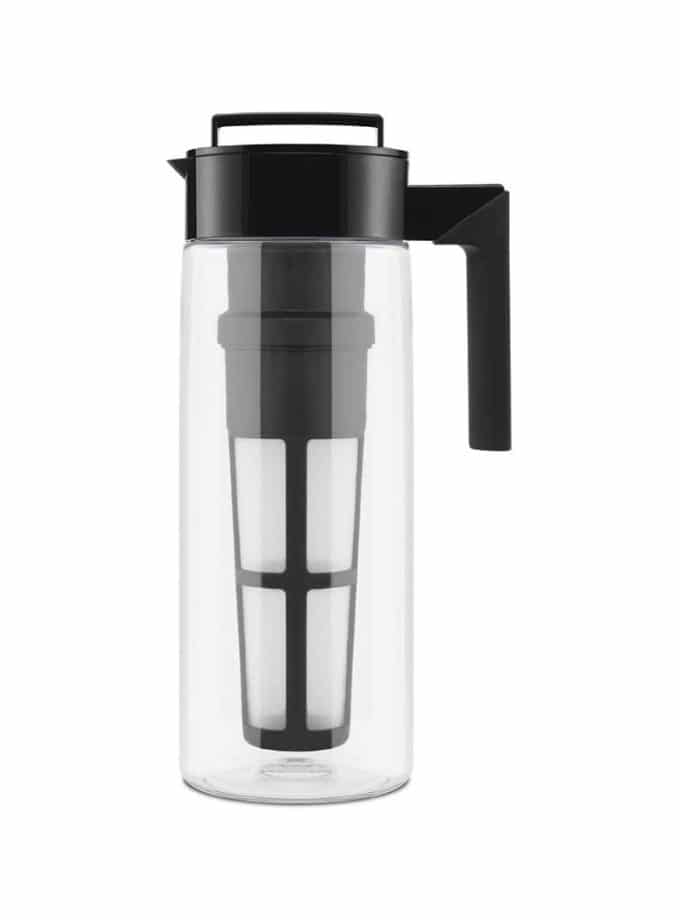

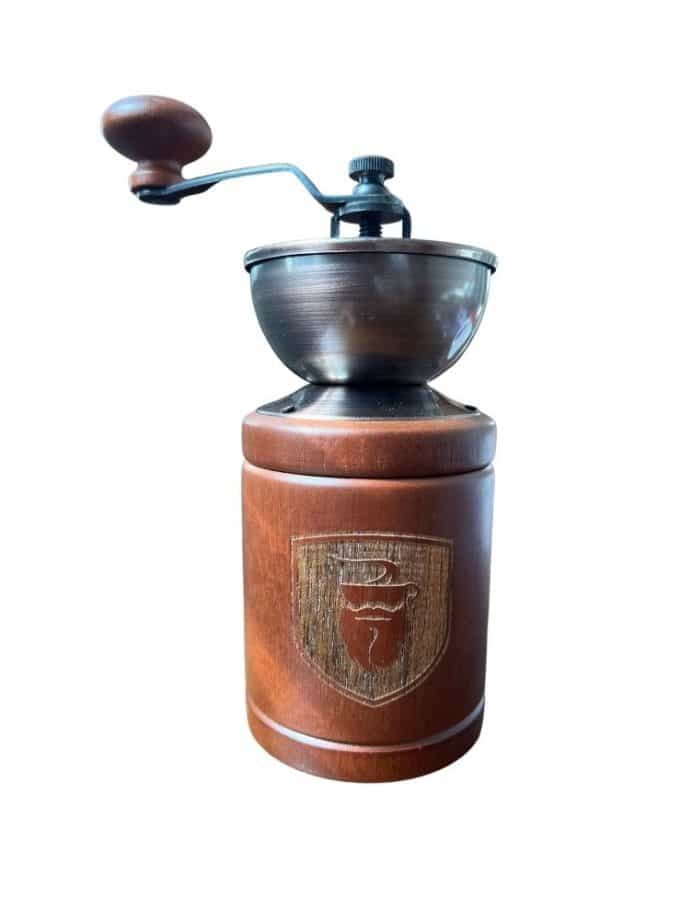

 No products in the cart.
No products in the cart.
Reviews
There are no reviews yet.